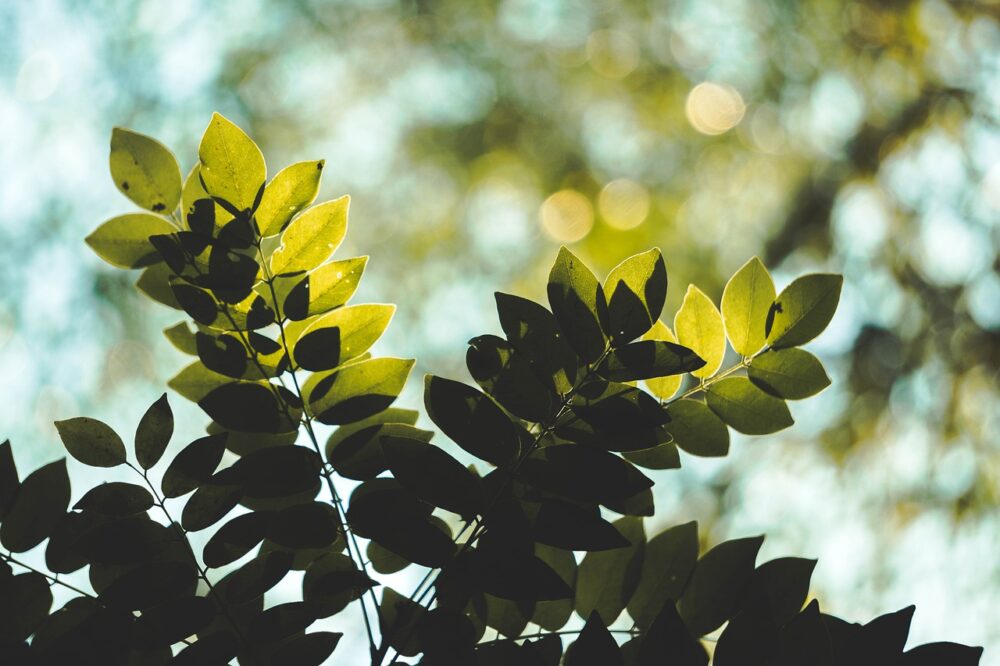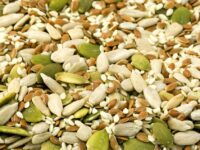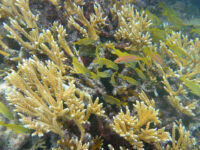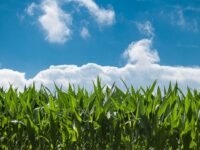What if humans created a leaf better at utilizing sunlight than plants? And what if that leaf was engineered with such efficiency that it could feed the future world? Researchers at Harvard University have created and improved their “bionic leaf” to do just that and are now ready to bring this new technology into the world.
The planet is experiencing an exponential change in its population as time goes on. With population growth, the sustainability of available resources is decreasing. Specifically, experts anticipate a drastic food shortage approaching within the next 100 years. Unfortunately, current efforts to combat this food shortage are not increasing the world’s supply at a sufficient rate. Further, current methods rely heavily on unsustainable resources, such as fossil fuels, and interconnected transport networks for supply distribution, leaving many places expected to experience large food shortages isolated.
The scientists at Harvard have redefined how the global community shows resilience against a changing planet Earth. By creating the bionic leaf to combat food shortage and sustainability issues, they have effectively used nature as a blueprint for creation, a method that may be the key to protecting our future.
Plants are incredibly sustainable in that they can harness energy from the sun through a process known as photosynthesis. Unfortunately, the multistep nature of this process decreases the net amount of energy produced by the plant. The original bionic leaf was created to mimic this process, but with a higher yield. The technology, developed by Daniel Nocera, Pamela Silver, and others, produced hydrogen through the splitting of water molecules. The hydrogen would be consumed by bacteria that leads to the production of isopropanol fuel; however, the catalyst used to make hydrogen also produced an oxygen species that attacked and destroyed the bacteria’s DNA unless the system was run at a very high voltage. This contradicted the original purpose of higher energy production.
The newest bionic leaf developed by the researchers, bionic leaf 2.0, uses a new cobalt-phosphorus alloy catalyst designed by the lab. The new catalyst has two components — the alloy and the anode — that drive two different reactions. Together, these reactions split water to produce hydrogen without damaging the bacteria, allowing the reaction to occur at a significantly lower voltage. The bionic leaf can now transform solar energy with 10 times the efficiency of the fastest-growing plants.
Using self-enriching soil, plants can produce flowers in larger sizes and frequencies, which then produce the fruits and vegetables that feed the population.
Innovation of the new bionic leaf did not stop there. Scientists combined this technology with a new, re-engineered bacteria, creating a hybrid system. The scientists observed that the hybrid system was able to store over half of the original energy as products of CO2 fixation. Further, it was able to produce multiple different types of liquid fuel. The production of ammonia and phosphorus by the bacteria also increases the efficiency of the system. Ammonia and phosphorus improve fertilizer and promote plant growth. Using self-enriching soil, plants can produce flowers in larger sizes and frequencies, which then produce the fruits and vegetables that feed the population.
The bionic leaf can now transform solar energy with 10 times the efficiency of the fastest-growing plants.
Postdoctoral fellow Kelsey Sakimoto of the Harvard University Center for the Environment is working with Nocera to create new methods of fertilizer distribution to farmers and farms beyond the reach of industrial agriculture networks. His goal is that when this technology does become readily available it can have a greater reach. He believes scientists could implement the bionic leaf by either letting the bacteria reproduce naturally and using the liquid byproduct as a spray fertilizer or by reengineering the leaf with a new compound to use it as a normal ammonium chemical fertilizer.
Currently, Sakimoto is collecting grants and collaborating with engineers in India to upscale the production of his technology and use it in small rural and remote farms that feed their surrounding communities.
Science (2016). DOI: 10.1126/science.aaf5039






